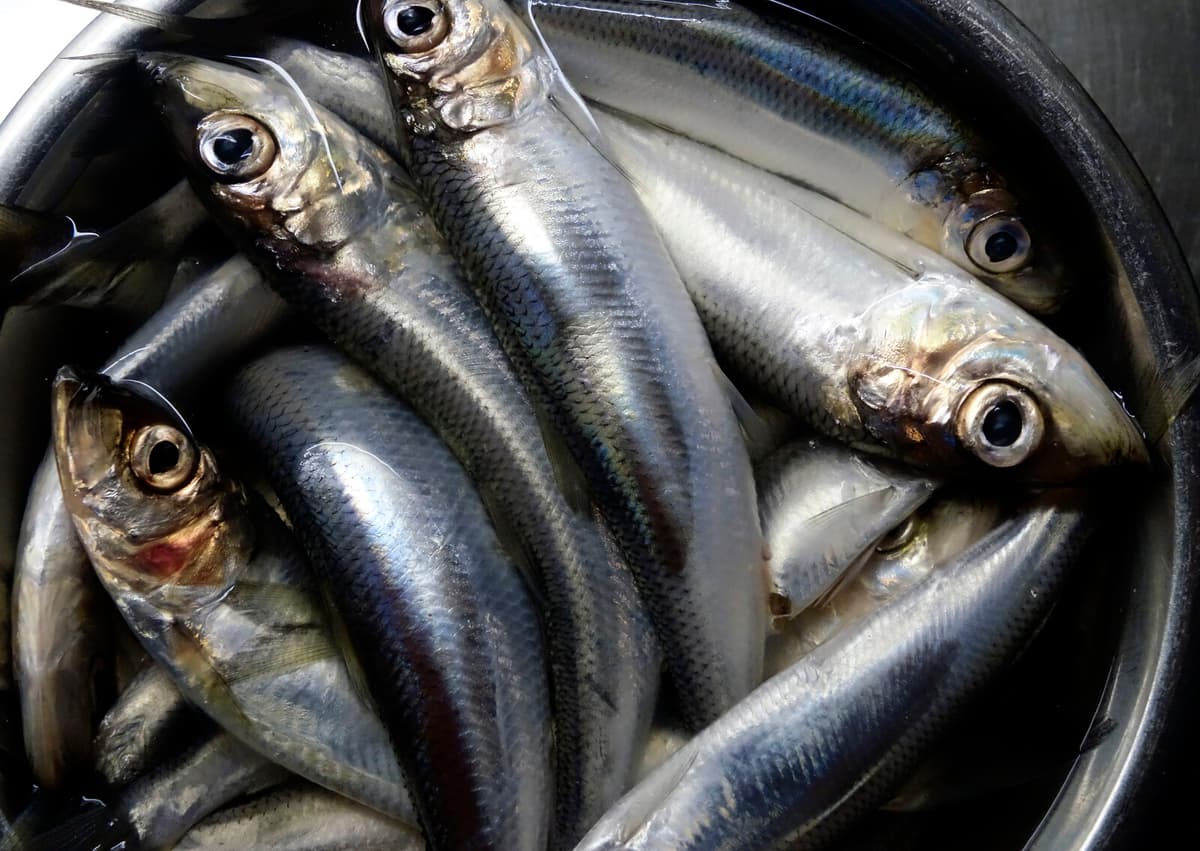The IVL Swedish Environmental Institute has taken samples of herring at twelve locations along the Svealand coast. The study shows that the levels of dioxins and PCB have decreased by an average of 30 percent compared to five years ago.
The lowest levels were found off Nyköping.
There, the levels are so low that a man can eat 100 portions of herring per year and stay within tolerable intake, says Magnus Karlsson, researcher in environmental analysis, to SVT.
However, this calculation assumes that one does not ingest dioxins from other foods.
According to the National Food Agency's dietary guidelines, children, young people, pregnant and breastfeeding women should only eat fatty fish from the Baltic Sea two or three times a year. Others can eat it once a week. However, the National Food Agency will not change its guidelines.
There is no room to relax the dietary guidelines for Baltic Sea fish, especially not for sensitive groups, says Sabina Litens Karlsson, toxicologist at the National Food Agency, to SVT.





